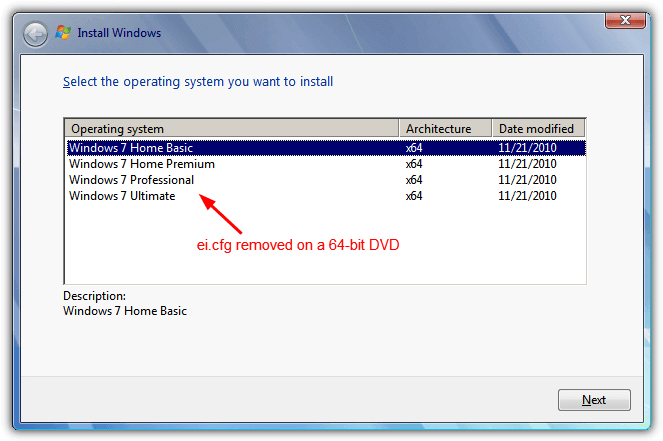

Supported values for the applications are: For each program you would like to do without, you insert such an element and specify its name in the attribute ID, for example: Excluding certain Office applicationsĪnother child element of Product determines which applications not to install. This support document contains the full list of all product IDs the ODT accepts. Office 2019 supports the following strings, amongst others:

Allowed values for Office 2016 and 365 are, for example: These do not describe the individual applications, but the stock-keeping units (SKUs) of Office using the ID attribute. If you have mounted the ISO file as a virtual DVD, you specify the root directory of the drive here (for example "D:\"): Īlternatively, you can copy the installation media to a share in the network and enter the universal naming convention (UNC) path.Īs a child node of Add, the configuration expects one or more Product elements. The attribute "SourcePath" points where to retrieve the installation files. Its attribute "OfficeClientEdition" (with values "32" or "64") determines whether to install the 32- or 64-bit version. Under "Configuration" an "Add" node is required. It is available in XML format and accepts a handful of elements to control the setup. Video).One example configuration delivered with the Office Deployment Tool The process does not take 5 minutes (vgl. You don't have to back up any data beforehand! All settings, signatures, E-Mails etc. To do this, log on to and select, , and select '32-Bit“' under Version. Uninstall the existing Office 64-Bit and install the 32-Bit version. Microsoft itself recommends Office 32-Bit to use Add-Ins and makes it clear that there is no difference in performance, except when using Excel- tables larger than 2GB. Support for the 64-Bit-Office- variant is not possible because Microsoft does not allow any extensions to the extent of TAPICall. If something says 64-Bit, please proceed as described under Solution.

If 32-Bit appears in the first line, you can use TAPICall. If you are using Outlook 2019, 2021 or 365 and want to know the exact version, then click in Outlook on, and on. Older Outlook- versions are always in 32-Bit. Use Microsoft Office 32Bit - Office 64Bit is not supported


 0 kommentar(er)
0 kommentar(er)
